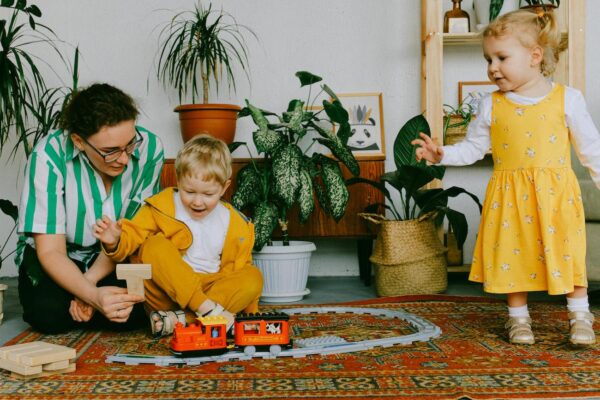Toddler Teething Timeline
Toddler teething typically begins around 6 months of age, although it can start as early as 3 months or as late as 12 months. By age 3, most children have a full set of 20 baby teeth.
Teething Timeline
- Average Start Age: Teething typically begins around 6 months, but it can start as early as 3 months or as late as 12 months.
- Completion: Most children have a full set of 20 baby teeth by the age of 3.
- Molars: The 2-year molars usually appear between 23 and 33 months.
Signs of Teething
Teething can vary greatly from one baby to another. Some may show all signs of teething, while others may experience little to no discomfort. Common signs include:
- Drooling: Excessive drooling can cause skin rash.
- Rosy Cheeks: Some babies rub their cheeks or pull on their ears to relieve discomfort. Ensure other causes, such as ear infections, are ruled out.
- Red Swollen Gums: Babies may refuse to chew and eat. A bluish bump on the gums is normal.
- Chewing and Biting: Pressure on the gums can relieve pain.
- Irritability: Comfort your child if they wake up at night. Avoid nighttime feedings to prevent future sleep issues.
Note: Teething does not cause high-grade fever or diarrhea. Consult your pediatrician if these symptoms develop.
How to Soothe a Teething Toddler
Discomfort is expected as teeth push through the gums. Here are some tips to help relieve your child’s teething pain:
- Massage Gums: Gently massage the gums with clean fingers or gauze. Chilling (not freezing) a wet cloth can also help.
- Teething Toys and Rings: Firm plastic teething rings are best. Ensure toys are not a choking hazard.
- Avoid liquid-filled ones that can puncture and leak. Do not tie rings around the neck.
- Cold Food: Offer cold yogurt, mashed chilled bananas, or cold applesauce. Provide ice water in a bottle or sippy cup. Avoid juice or milk to prevent cavities.
- Hard Food: If your child has started on solids, biting on hard crackers, carrots, and celery sticks can soothe gums.
- Wipe the Drool: Use a bib and gently wipe and pat the drool throughout the day to prevent skin chapping.
- Pain Medication: If needed, give ibuprofen (Advil or Motrin for Children) or acetaminophen (Tylenol). Avoid aspirin due to the risk of Reye’s Syndrome.
- Avoid Topical Medication: Do not use numbing gels like OraJel. These can cause numbness in the throat, interfering with the gag reflex, and may lead to methemoglobinemia.
- Avoid Homeopathic and Natural Teething Medication: Some may cause heart problems and drowsiness.
What’s Next?
As your baby starts teething, they can begin solid foods. Soon, they will be able to pick up food and eat on their own.
Teething for Adult Teeth?
Teething discomfort is usually limited to baby teeth. Most children do not experience significant discomfort when their adult teeth come in, except for wisdom teeth, which can cause pain between the ages of 18 and 25.
Dr. Ella Choi is a certified specialist in pediatric dentistry serving South Surrey, White Rock, Langley, and Aldergrove in Beautiful British Columbia. Contact us to schedule an appointment.
